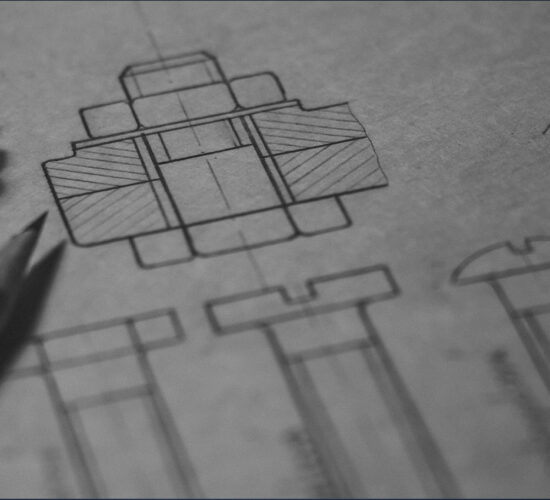
Designers are in high demand, offering strong graduate employment prospects, especially in fields like aerospace, travel, fashion, and industry. Even if you choose a different path, the skills developed here will make you highly sought after across various industries. High earning potential: As a graduate, you can start with an average salary of £24,000, with experienced professionals earning up to £80,000 (National Careers Service). International opportunities: Designers have the chance to work globally, helping design and create city infrastructures or work on diverse projects for top companies like Mercedes, BP, and Airbus. Improve the world: Use your skills to solve real-world problems and contribute to society through sustainable design. Career options include product design, set design, fashion, graphic design, photography, and many others.
This exciting A-Level Product Design course is perfect for students ready to immerse themselves into the world of design, building skills developed in KS4 D&T or Engineering GCSE. With a strong foundation in creative and technical design principles, this course opens up opportunities to explore how products are conceived, developed, and brought to life in industries around the world.
The course shares a core with D&T: Fashion and Textiles and Design Engineering, covering a range of essential design concepts. Students will engage in critical areas such as identifying requirements, analysing existing products and practices, and considering wider issues like sustainability, ethics, and emerging technology. You’ll explore design thinking and communication, technical understanding of materials, and the intricacies of manufacturing processes and techniques. Alongside this, you’ll learn how to evaluate the feasibility of design solutions and understand health and safety in real-world applications – skills that are highly valued in any design-related career.
The course is packed with hands-on learning experiences. Through smaller projects, theory lessons, and product analysis, students build both knowledge and practical skills, exploring different aspects of design from concept to creation. The highlight of the course is the NEA (Non-Exam Assessment), an extended coursework project that spans approximately a year. This NEA is a fantastic opportunity for students to immerse themselves in the full design process: researching and identifying a real-world problem, developing creative solutions, and finally designing and making a fully functional product.
Students will not only gain technical expertise but also learn to think like designers – anticipating user needs, refining ideas, and bringing innovative concepts to life. By the end of the course, you’ll have a portfolio of work and a solid foundation in design principles, preparing you for further study in product design, engineering, architecture, or a wide range of careers in the creative and technical industries. This course is more than a qualification; it’s your stepping stone into the exciting world of design innovation.